Khiamniungan tribe rises against Indo-Myanmar border fence, demands restoration of free movement regime
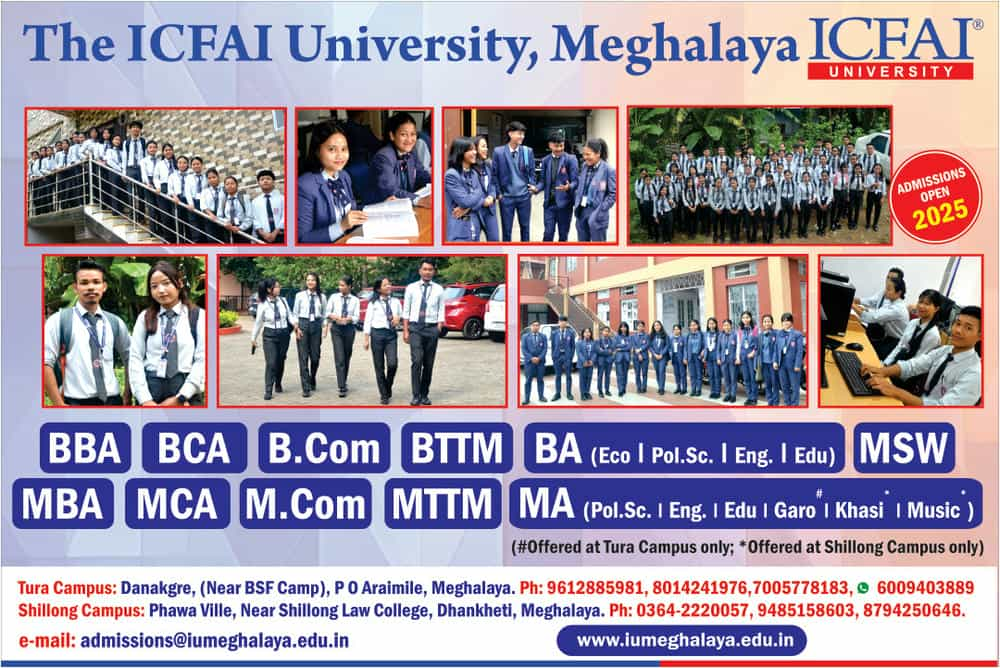
The Khiamniungan Tribal Council (KTC) has strongly opposed the construction of the Indo-Myanmar border fence and demanded the immediate reinstatement of the Free Movement Regime (FMR) of 2018 to protect the unity of the Khiamniungan Naga people.
Thousands of people from the Khiamniungan Naga community gathered at the International Trade Centre (ITC) Dan, Noklak district, to voice their concerns against what they termed as India’s arbitrary decision to erect a border fence and discontinue the FMR.
In a formal memorandum addressed to Prime Minister Narendra Modi, KTC President L. Ngon and General Secretary P. Hatho urged the government to suspend the fencing project and restore cross-border movement privileges.
The memorandum emphasized the ancestral heritage of the Khiamniungan Naga community, which spans from Lahe-Khamti and villages beyond the Chindwin River in Myanmar to Noklak in India. The council reaffirmed that the arbitrary division of the border has failed to sever the deep-rooted kinship, culture, and traditions that bind them as one people.
“We, the Khiamniungan of India and Myanmar, do not recognize the arbitrary border drawn in our own home. Our bonds of kinship, culture, and tradition transcend these imposed boundaries, affirming our unity as one people,” the memorandum stated.
The Free Movement Regime (FMR), first introduced in the 1970s and reaffirmed in 2018, allowed border communities to travel up to 16 km across the India-Myanmar border without visas, enabling social, cultural, and economic interactions.
The KTC warned that fencing the border and discontinuing the FMR would disrupt family ties, livelihoods, and cultural continuity, further isolating the Khiamniungan community on both sides.
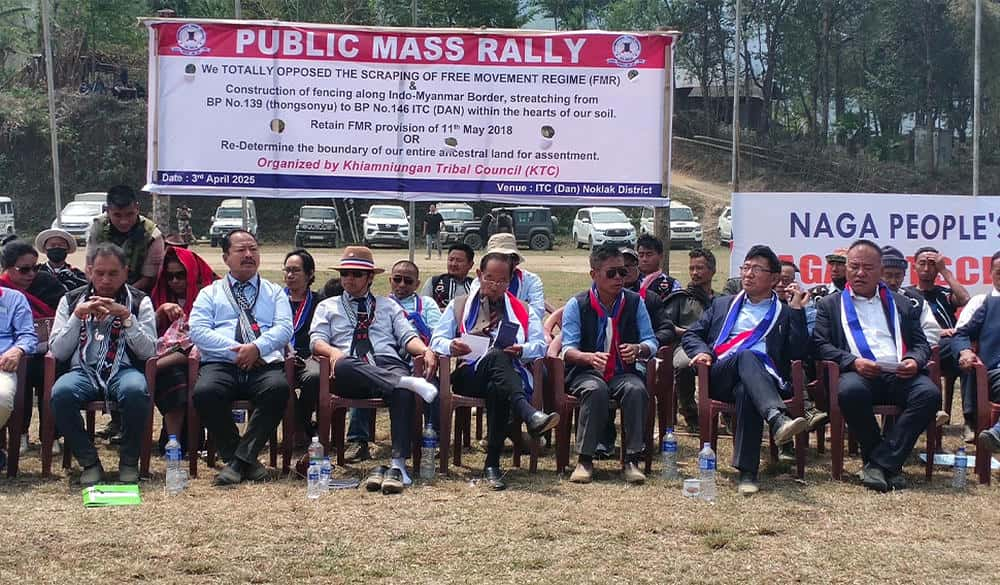
The council argued that the fence would divide families, sever ancestral lands, and harm the border communities’ way of life.
The Council also demanded the reinstatement of the Free Movement Regime (FMR) within 16 km of the border is essential to sustaining economic, cultural, and social ties.
The council called on the government to consider the significance of these border pillars, which mark the arbitrary division of the Naga people.
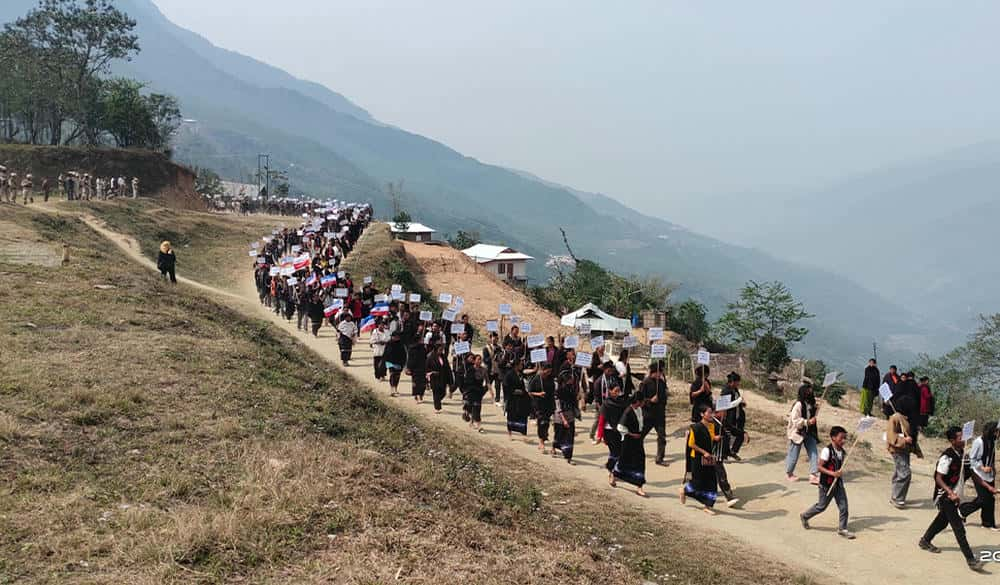
The KTC expressed that border fencing is not a solution to security concerns. Instead, the council emphasized unity, loyalty, and community-led cooperation as the best approach to ensuring security and stability along the Indo-Myanmar border.
“We acknowledge the government’s duty to secure the borders, but fencing may not address key challenges such as illicit trade and unrest, which often stem from isolation rather than openness,” the memorandum noted.
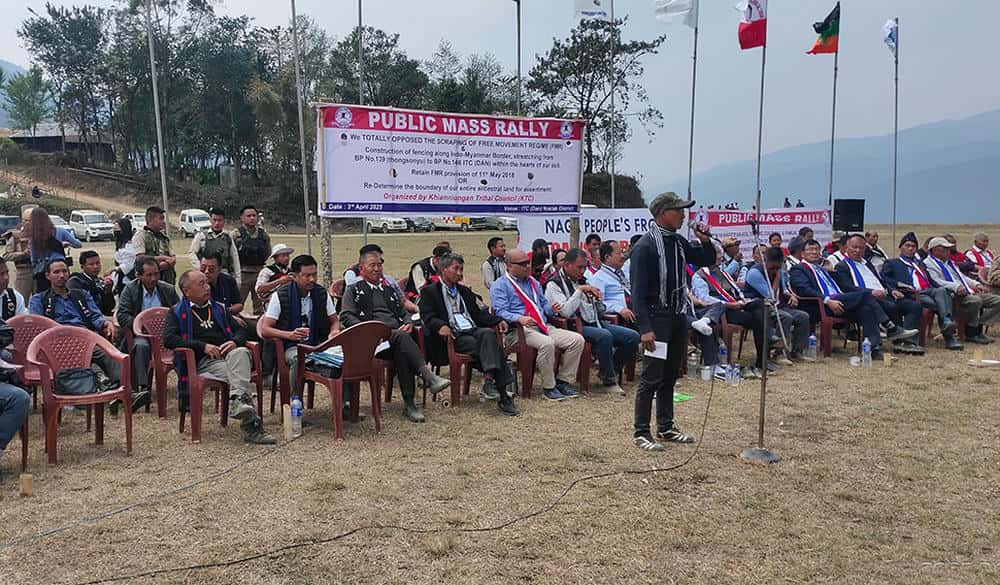
During the protest, all private and government offices, schools, and business establishments in the area remained closed. Only administrative offices, security forces, medical services, and emergency personnel were exempted.
The KTC urged the Indian government to rethink its border policies, asserting that strengthening cultural ties and cooperation between communities would serve the nation’s interests more effectively than physical barriers.
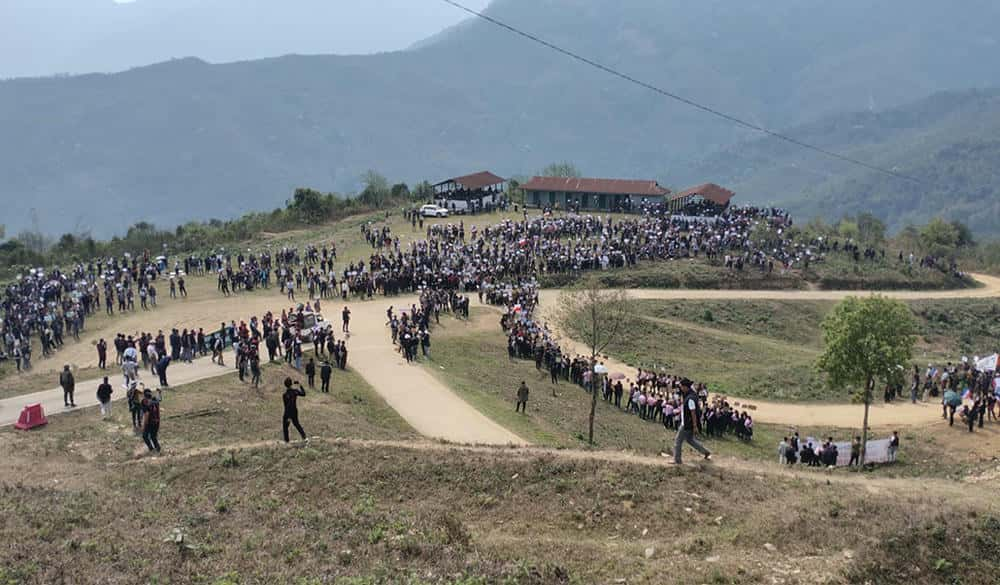
All affected communities of different States must come forward collectively to reinstate FMR. Then only GOI will heed to the problems faced by the communities due to withdrawal of FRM.
What is disheartening is each affected community in each State are holding protest individually.
Dear Sir what you will if Mynmar Junta enforce this decision, and that will happen, you will unable to utter single word in front of Junta . Indian Government not restricting movement but channeling through legal gateways so unauthorised Indians will not flood India . If you are so bothered for your relationship across border then move permanently accross border.
While you have made a random statement to reinstate FMR , please suggest if a combined community council will give a written statement to the authorities that they themselves will be responsible for stopping any illegal activities across borders & if they fail to stop even a single such activities, then the border fencing will be accepted without any issues.
The borders of any Nation can’t be compromised due to family ties accross the borders. It FMR is allowed in one community, multiple communities would demand the same compromising our territorial integrity and security. If the piece of land we own has clear boundary demarcation, the same can’t be compromised for the Nation.
the protest is a welcome one as a symbol of fraternity
but intrusion of insecurity will stand as an invisible enemy in this noble path
my request to both the stakeholders to find a balance, a middle path without being rigid in their approaches.